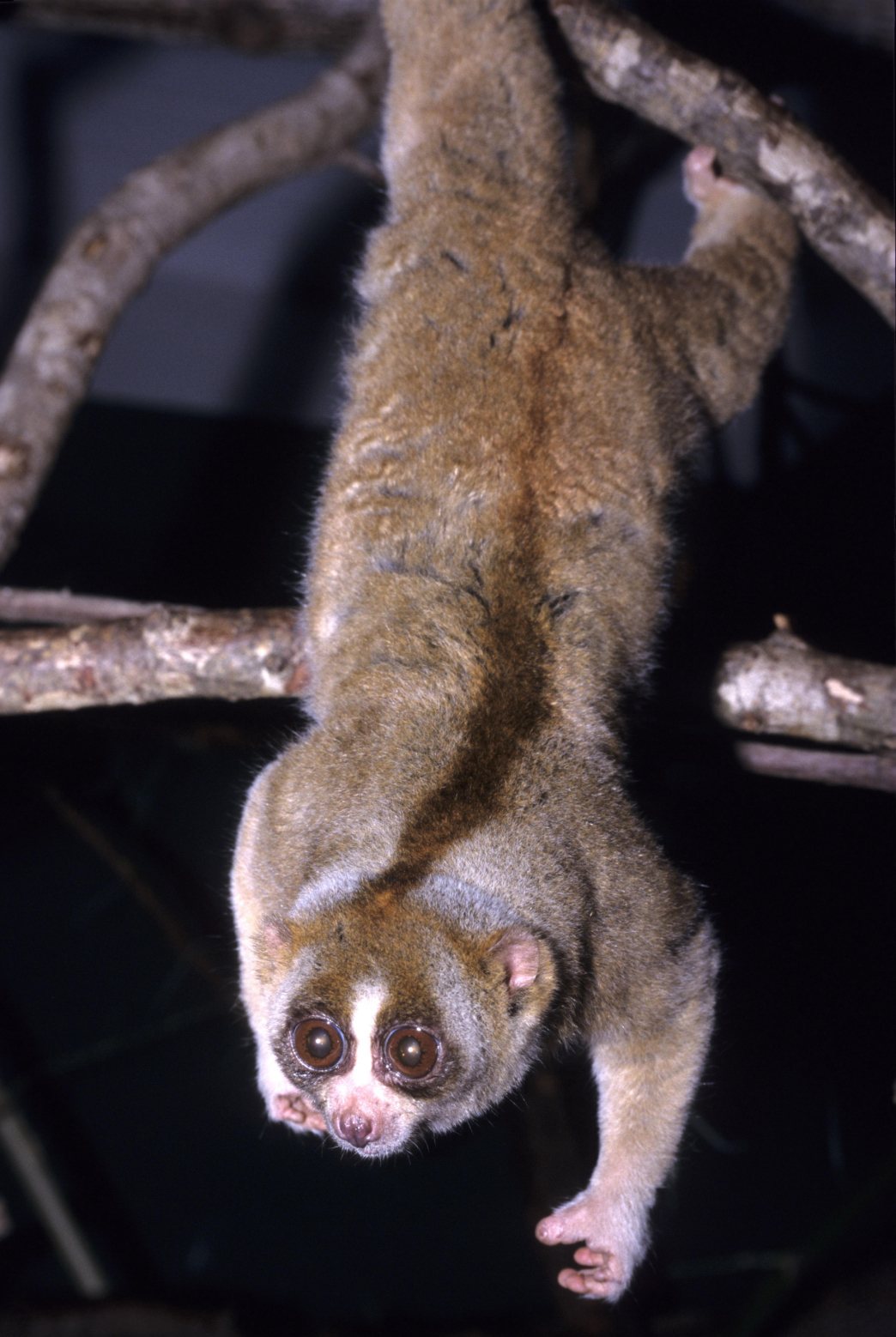Seahorses are a species of fish related to the pipefish. But unlike most fish, seahorses have a horse shaped head. That is how its name 'seahorse' came from. It is also one of very few animals in which the males bear their young. Male seahorses have a pouch on their stomach, in which the female lays its eggs. The male fertilizes the eggs in their pouch. The male keeps the babies inside his pouch until the eggs hatch. The seahorse swims upright. They are only 0.6 inches to 14 inches long.
Diet
Seahorses attach themselves to coral with their long tails and gulp down plankton and small crustaceans that drift by. They graze continually for brine shrimp (a species of aquatic crustacean). A seahorse can eat 3,000 or more brine shrimp in a day.



